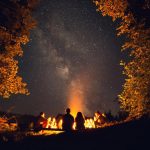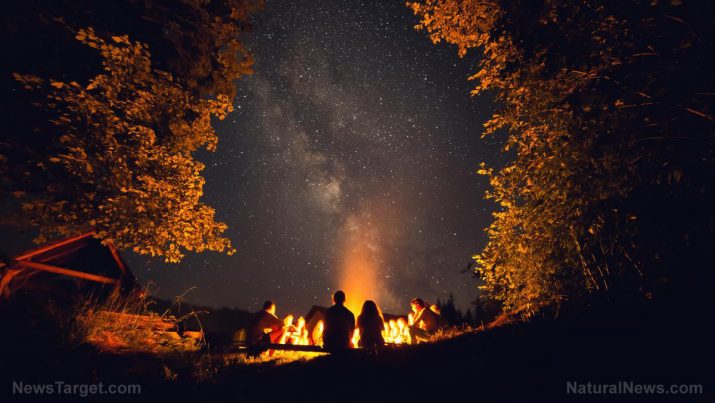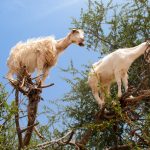
Human activity is causing wildlife to become more nocturnal
Tuesday, August 28, 2018 by Zoey Sky
http://www.realsciencenews.com/2018-08-28-human-activity-is-causing-wildlife-to-become-more-nocturnal.html

Based on the findings of a recent study, the accelerated growth of human activity around the world is gradually making wildlife more nocturnal.
Earlier research has already proven that animals will change their spatial patterns to avoid humans, whom they fear. However, the study, titled, “The Influence of Human Disturbance on Wildlife Nocturnality,” presumes that one day, animals may decide to live apart from humans.
The study, which was published in the journal Science, was a joint project that involved researchers from Boise State University and the University of California, Berkley (UC Berkeley).
Animals evade humans by being nocturnal
This study is the first to try and measure the “global effects of human activities on the temporal activity patterns of wildlife.”
Neil Carter, a Boise State assistant professor in human environment systems, said that scientists are discovering more species, such as bears, elk, and mountain lions, that are becoming more active at night to evade human interaction.
He added that the researchers wished to confirm if the shifts were happening around the globe and if they were affected by human activities such as hunting or recreation. (Related: Evolutionary biologist says that the rapid growth of cities has forced animals to evolve at “unprecedented speeds.”)
For the study, Carter also worked with lead author Kaitlyn Gaynor, Justin Brashares, and Cheryl Hojnowski from UC Berkeley.
The scientists examined the “anthropogenic impacts on mammal activity patterns” via the meta-analysis of 76 studies of 62 species from six continents. According to the findings of the global study, human presence had a significant impact on wildlife activity. In fact, the nocturnality of animals increased by an average factor of 1.36 due to human disturbance.
By way of illustration, an animal that often split its activity 50/50 between day and night would react to human disturbance by increasing its nocturnal activity to a whopping 68 percent of its total activity.
The meta-analysis confirmed that about 83 percent of animals reacted to humans this way, regardless of the lethal activities they were involved in, e.g., hunting, or nonlethal activities that took place, like hiking. Animals also tended to be wary of interacting with human infrastructure.
This posits that there is a considerable increase in nocturnality among mammals that coexisted with humans. The researcher noted that this finding was consistent “across continents, habitats, taxa, and human activities.”
Carter warned that the results were shocking and that they point firmly to the prevalence of these shifts. He concluded, “Because an animal’s interaction with its environment, like finding mates or food, is largely shaped by the times of day that it is active, becoming more nocturnal to avoid humans has profound implications on wildlife communities and ecosystem services. As the human footprint expands, understanding the consequences of these shifts on animal populations and their evolution is vital.”
Tips to minimize your impact on the environment and on wildlife
Here are some tips to help you minimize human activity, and reduce the disruption of wildlife which could be making the animals around you more nocturnal:
- Never touch wildlife or disturb habitats at the coast, on land, or underwater.
- Take vacations during the off-peak period to avoid over-straining resources. This is also a good way to avoid crowds.
- Read up on the locations you’re about to visit. If you’re touring an environmentally sensitive area, be careful and follow footpaths and signs.
- Throw away your garbage properly so it doesn’t endanger the animals.
- If you’re using boats or jet-skis (or other loud machines), remember that they create noise and chemical pollution that can disturb wildlife. Turn off the engine when you’re not using these recreational vehicles.
Read more articles with tips on how you can help minimize the impact of human activity on wildlife at Environ.news.
Sources include:
Tagged Under: Tags: adaptation, animals, Behavioral Science, ecosystems, environment, human activity, human disturbance, human impact, nature, nocturnal behavior, urban environments, urbanization, wildlife





